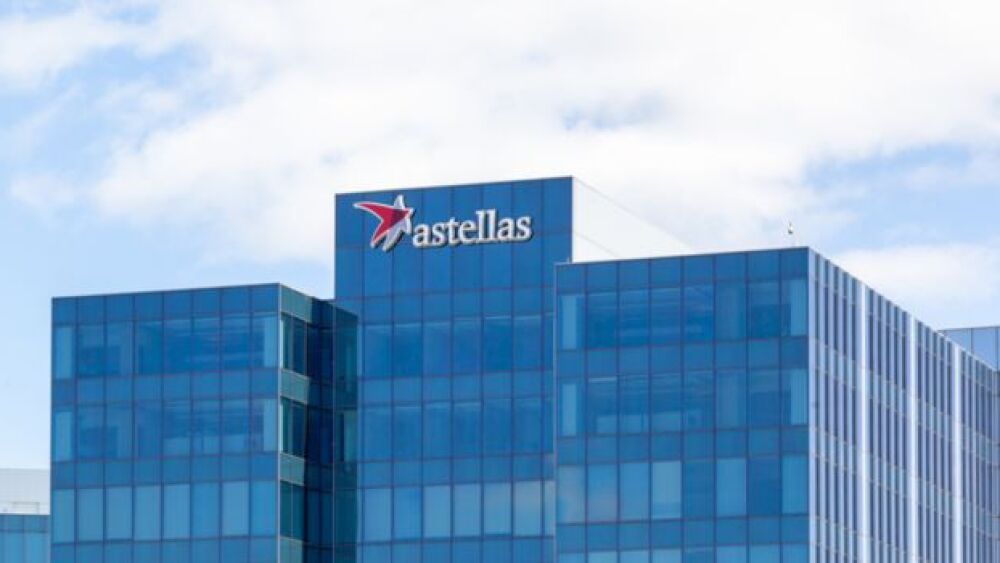Research collaboration will develop ground-breaking scientific approaches to better assess the safety of chemicals found in some consumer products without using animal data
RESEARCH TRIANGLE PARK, N.C.--(BUSINESS WIRE)--The U.S. Environmental Protection Agency (EPA) and Unilever announce a research collaboration to develop ground-breaking scientific approaches to better assess the safety of chemicals found in some consumer products without using animal data.
“These methods could be used by both industry and governmental agencies to reduce the costs associated with safety testing and accelerate the pace of chemical risk assessment.”
The alternative and cutting-edge approaches, which EPA and Unilever are developing, represent the first steps in a paradigm shift for chemical safety testing and risk assessment by making them faster, cheaper, and more relevant to humans. These new tools will provide a robust scientific basis for assessing and managing chemical safety and efficiently quantifying human health risks for thousands of chemicals.
EPA and Unilever will develop a series of case studies based on chemicals of mutual interest. EPA will develop and provide data using these automated chemical screening technologies. Unilever will use its longstanding expertise in consumer products to estimate exposures for the chemicals. Together, the EPA and Unilever will work to combine the information into a risk assessment. The collaboration will help inform how EPA’s ToxCast project can be used by private and public entities as well as in the development of chemical risk assessments.
Unilever is contributing over $800,000 and considerable scientific expertise to help generate and integrate new exposure data to develop a model approach for high throughput risk assessments that include both hazard and exposure predictions. The Unilever initiative comes from its Safety and Environmental Assurance Centre which, as it celebrates its 25th year of existence in 2015, sees this research area of non-animal approaches as being one of the enduring ‘big scientific challenges’ that has shaped its evolution over the past quarter of a century (see: www.tt21c.org).
Julia Fentem, Vice President of Unilever’s Safety and Environmental Assurance Centre, said, “This research collaboration is strategically very important for Unilever’s long-held ambition to eliminate the need for any animal testing while also continuing to ensure the safety of consumers and our environment. If we had robust scientific tools to accurately and rapidly predict exposures to chemicals at the cellular and molecular levels within the human body, this would be a huge step forward in being able to conduct safety risk assessments without using animal data.”
The collaboration will use data from EPA’s ToxCast program and the affiliated Tox21 consortium, which is a collaboration among EPA, the National Institutes of Health (NIH) and the Food and Drug Administration (FDA). These programs use automated chemical screening technologies to rapidly and efficiently test thousands of chemicals for their effects on human cells or cellular components that are critical to normal function. Data from these technologies are then incorporated into computational models to predict potential adverse health effects and estimate the amount of chemical that may cause these effects.
The new collaboration aims to incorporate elements that have been previously missing from the automated chemical screening approach such as tools for incorporating metabolism of the test chemicals and a more comprehensive evaluation of the human biological pathways that can be affected.
“If successful, research from this collaboration will result in better ways to evaluate the potential human health effects of new ingredients and chemicals we currently know little about,” said Dr. Russell Thomas, Director of EPA's National Center for Computational Toxicology. “These methods could be used by both industry and governmental agencies to reduce the costs associated with safety testing and accelerate the pace of chemical risk assessment.”
About Unilever:
Unilever is one of the world’s leading suppliers of Food, Home and Personal Care products with sales in over 190 countries and reaching 2 billion consumers a day. It has 172,000 employees and generated sales of €48.4 billion in 2014. Over half (57%) of the company’s footprint is in developing and emerging markets. Unilever has more than 400 brands found in homes around the world, including Persil, Dove, Knorr, Domestos, Hellmann’s, Lipton, Wall’s, PG Tips, Ben & Jerry’s, Marmite, Magnum and Lynx.
Unilever’s Sustainable Living Plan (USLP) commits to:
Decoupling growth from environmental impact.
Helping more than a billion people take action to improve their health and well-being.
Enhancing the livelihoods of millions of people by 2020.
Unilever was ranked number one in its sector in the 2014 Dow Jones Sustainability Index. In the FTSE4Good Index, it achieved the highest environmental score of 5. It led the list of Global Corporate Sustainability Leaders in the 2014 GlobeScan/SustainAbility annual survey for the fourth year running, and in 2015 was ranked the most sustainable food and beverage company in Oxfam’s Behind the Brands Scorecard.
Unilever has been named in LinkedIn’s Top 3 most sought-after employers across all sectors.
For more information about Unilever and its brands, please visit www.unilever.com. For more information on the USLP: www.unilever.com/sustainable-living/.
About EPA:
EPA’s safer chemicals research conducts cutting-edge science to address the impacts of existing chemicals, anticipate impacts of new chemicals, and evaluate complex interactions of chemical and biological systems to better protect human health and the environment. For more information visit - http://www2.epa.gov/chemical-research.
Contacts
For more information about this research collaboration:
Unilever:
Jaime
Stein, 201-894-7760
MediaRelations.USA@unilever.com
or
EPA:
thomas.russell@epa.gov




